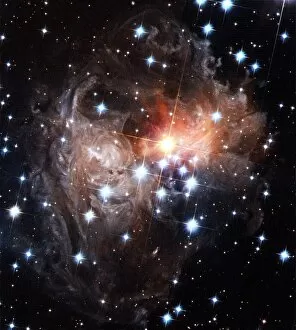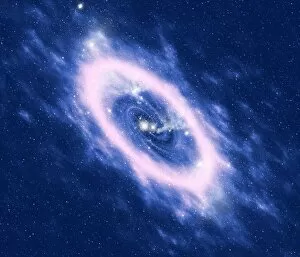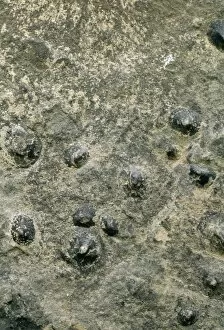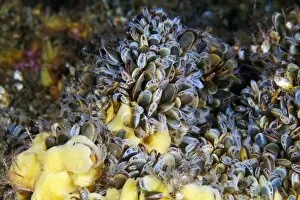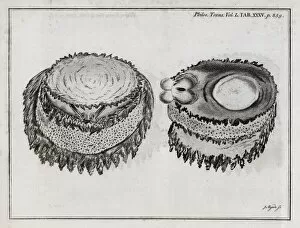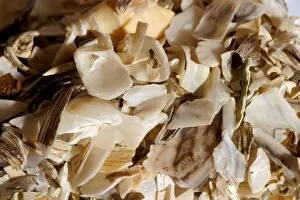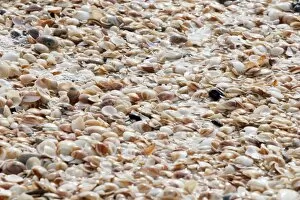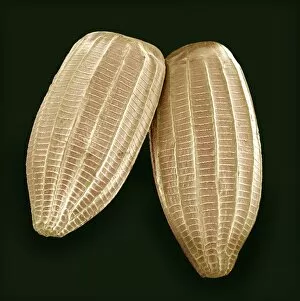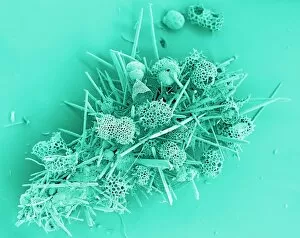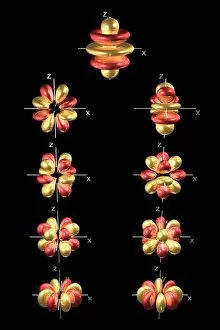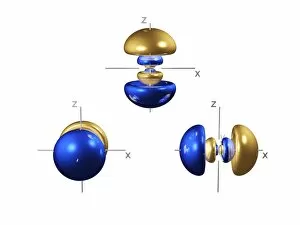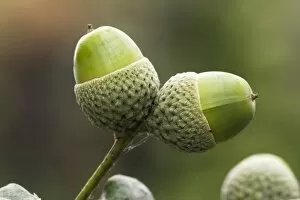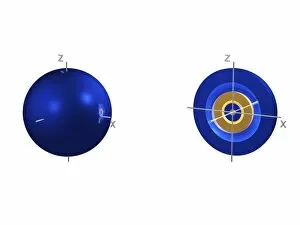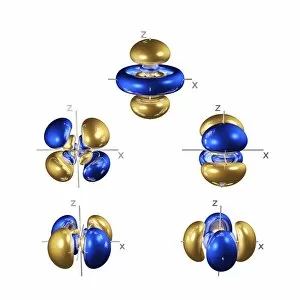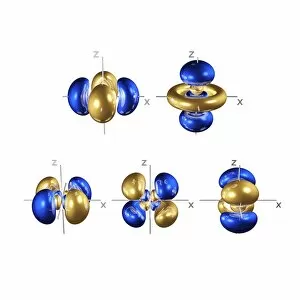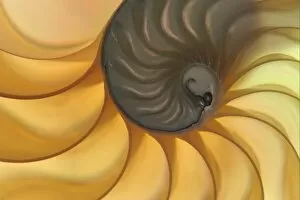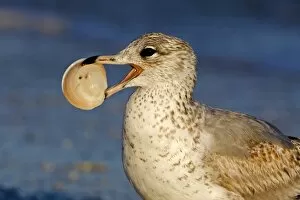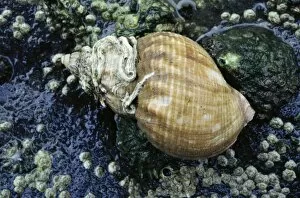Shells Collection (#54)
"Shells: A Journey Through Time and Art" Step into the world of shells, where history, imagination, and nature intertwine
For sale as Licensed Images
Choose your image, Select your licence and Download the media
"Shells: A Journey Through Time and Art" Step into the world of shells, where history, imagination, and nature intertwine. From the haunting memories of war to ancient Dorset's vibrant past, these captivating they have stories to tell. In "Attack of the Ulster Division, " a powerful image captured by James Prinsep Beadle in 1930, we witness the devastating impact during World War One. The deafening explosions echo through time, reminding us of the sacrifices made on that fateful day - 1 July 1916. Travel even further back with "Duria antiquior (Ancient Dorset), " an imaginative reconstruction that brings prehistoric life to light. These fossil ammonites like Desmoceras spp. , discovered in Madagascar's Albian Stage during Upper Early Cretaceous period, reveal a mesmerizing glimpse into Earth's ancient secrets when these molluscs thrived. But not all they can remnants from distant eras; some exist today as delicate treasures. In a stunning print capturing Molluscs/Snails' intricate beauty, we marvel at their elegant forms and patterns that nature has bestowed upon them. During times of conflict and uncertainty such as World War One, recruitment posters like "At the Front" played a crucial role in rallying soldiers for duty. Shells symbolize both protection and danger here - shields against harm but also instruments causing destruction. On Suffolk's Aldeburgh beach stands Maggie Hambling's magnificent sculpture titled "The Scallop. " This shell-shaped artwork invites contemplation about our connection with nature while paying homage to Benjamin Britten – one of Britain’s greatest composers who found inspiration along this very shoreline. Delve deeper into the realm with an oyster shell adorned with an artificial pearl – a testament to human creativity merging with natural wonders. It reminds us how something seemingly ordinary can be transformed into extraordinary beauty through artistry.




